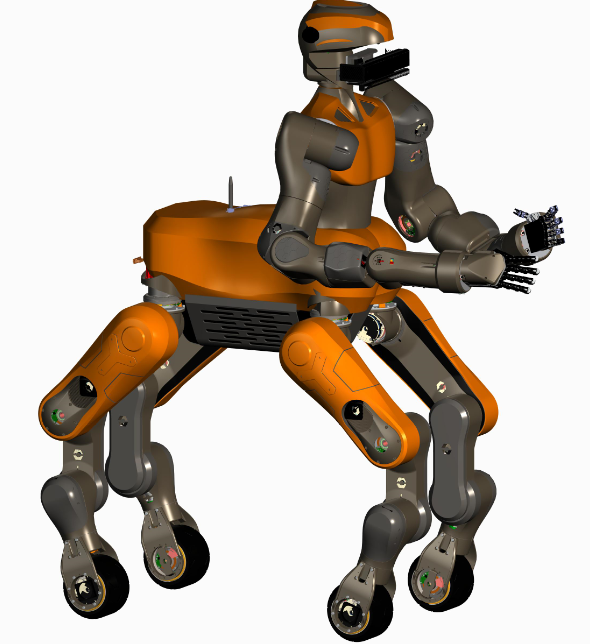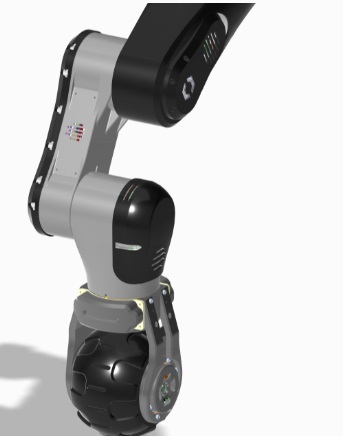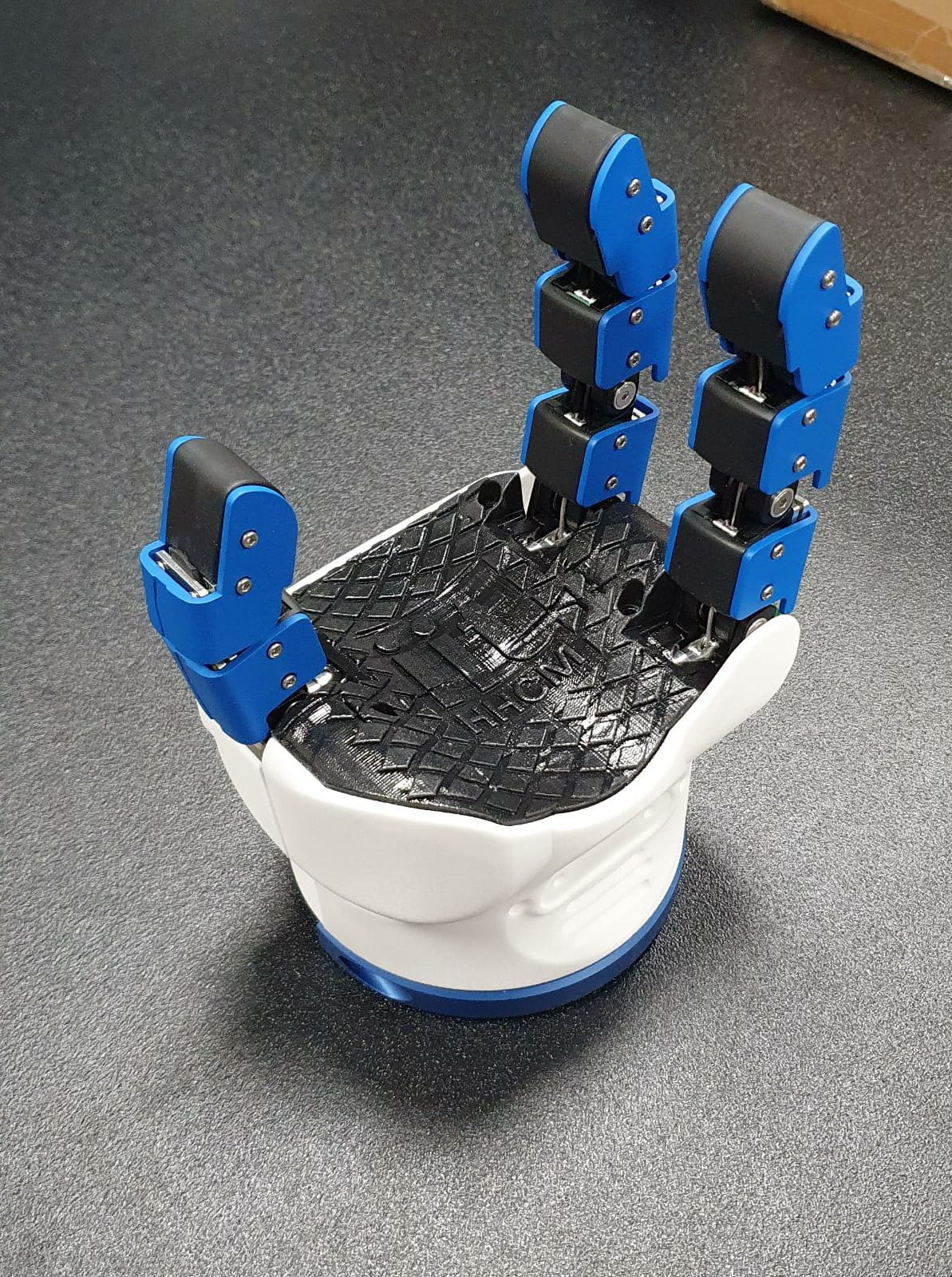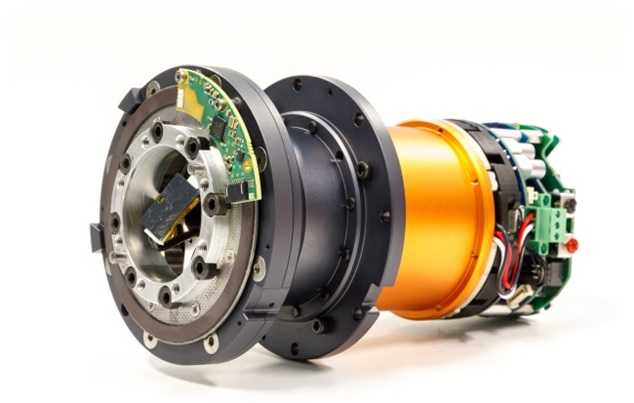Despite the significant progress made in robot mechatronics there are still significant barriers to be overcome before the physical body of the robots (structure, actuation and sensing) could match the performance of the human body and be able to provide natural, safe and resilient physical interaction and performance and consequently assistance to humans under realistic workspace settings.
Robot Design
The HHCM Research Line has extensive expertise in the design and realization of customized robotic platforms.
Within this activity, our objective is to advance the robot design towards more performing robots, by investigating customized effective solutions, which leverage on mechanical optimization of lightweight structures, selection of kinematics, relocation and efficient placement of fully integrated modular actuators and transmission systems, including efficient energy-storage concepts integrated with the robot actuation system.
The objective is to derive new design methodologies and solutions and demonstrate how these techniques combined can be used to realize highly customized robotic machines that can demonstrate enhanced physical body capabilities in terms power and strength density, physical endurance and motion economy.
Robotic platforms designed in the lab include the humanoid robots COMAN, WALK-MAN and COMAN+, the hybrid mobility quadruped robot CENTAURO, several robotic mamanipulation systems as well as wearable devices and tele-operation input/feedback interfaces.
To empower the new generation of robots with the adaptability and robustness required to be deployed and effectively used within realistic workspaces and be able to physically interact safely with human and the environment a key component is the robot actuation.
We invest igate novel joint actuation and elastic transmission systems solutions and their associate control schemes that can demonstrate energy efficient and high peak operation using large energy storage capacity elements, efficient actuation drivers and energy recycling techniques.
The developed actuators are considered for walking, hopping and in general legged robots, including full humanoids and exoskeletons. Research in the utility and control of the actuator extend also toward energy storage and recovery in high power bursts such as throwing, kicking and jumping of anthropomorphic robots. This work activity is in line with the work-plan of several EU projects (VIACTORS, SAPHARI and WALK-MAN, CENTAURO, COGIOMON, CONCERT) in which the Humanoid and Human Centred Mechatronics lab had a major role.
Robot Actuation
To empower the new generation of robots with the adaptability and robustness required to be deployed and effectively used within realistic workspaces and be able to physically interact safely with human and the environment a key component is the robot actuation.
We investigate novel joint actuation and elastic transmission systems solutions and their associate control schemes that can demonstrate energy-efficient and high peak operation using large energy storage capacity elements, efficient actuation drivers and energy recycling techniques.
The developed actuators are considered for walking, hopping and in general legged robots, including full humanoids and exoskeletons as well as specialized robotic platform targeting to applications of SPACE and Construction sectors. Research in the utility and control of the actuator extend also toward energy storage and recovery in high power bursts such as throwing, kicking and jumping of anthropomorphic robots. This work activity is in line with the work-plan of several EU projects (VIACTORS, SAPHARI and WALK-MAN, CENTAURO, COGIMON, CONCERT) as well as other projects funded by the Eurpean Space agency (ESA) such as MIRROR in which the Humanoid and Human Centred Mechatronics lab had a major role in the development of the robotic mechatronic systems.




